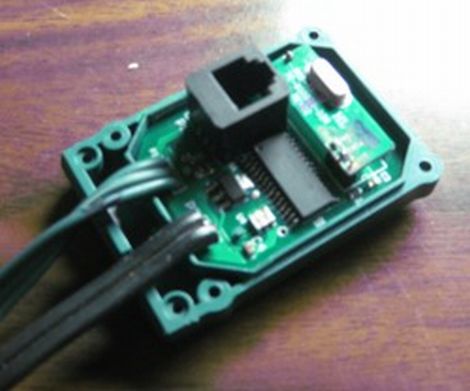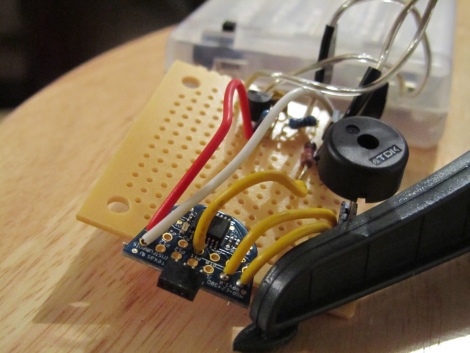
[Dave Vandenbout] says that his sister has gotten big on Christmas traditions, and decided that the whole family should start making ornaments for the tree each year. Not one to let a chance to tinker with electronics pass him by, [Dave] started brainstorming the perfect electronic ornament for their tree.
He settled on the Christmas tree design you see above, which will eventually hold 15 RGB LEDs. On the back of the board, he is planning on mounting a PIC 18F27J53 microcontroller, which will take care of the LED display along with his other more mischievous components.
You see, undeterred by his sister’s holiday spirit, [Dave] wants to arm the ornament with a foul mouth, and have it attempt to shake other ornaments off the tree. To do this, he’s installing a vibrating motor on the back of the PCB, along with a speaker and MicroSD card to provide the ornament’s sound bites.
To be honest, we think his idea is pretty entertaining, we can only imagine the look grandma will give when the cute, light up Christmas tree ornament blurts out, “Eat me Santa!”
We just hope he sends some video our way once he wraps up the project.
















